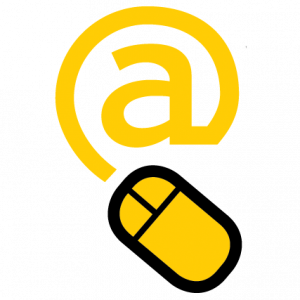Course at a Glance
The present course will introduce the student to the field of Brain Connectivity, presenting the methods currently used in neuroimaging studies. The course will focus on the three classes in which Brain Connectivity is traditionally divided, namely structural, functional and effective connectivity.
Instructors
Gabriele Arnulfo gabriele.arnulfo@unige.it
Andrea Canessa andrea.canessa@unige.it
Credits: 4
Synopsis
A central paradigm in modern neuroscience is that anatomical and functional connections between brain regions are organized in a way such that information processing is near optimal. Functional interactions seem to be provided by synchronized activity, both locally and between distant brain regions. Brain networks thus consist of spatially distributed but functionally connected regions that in concert process information. Brain connectivity
analysis rests upon three different but related forms of connectivity: structural , functional and effective.
The course is organized as follow. First, the student will be introduced to the so called structural connectivity and white matter fibre tracts representing the anatomical backbone for functional and effective connectivity. A representative selection of algorithms in use in diffusion-weighted MRI (dwMRI) will be presented. Then recent computational methods dealing with functional connectivity and some illustrative applications are reported. This is
followed by a short survey of recent studies on effective connectivity. Finally, the course will discuss the important concepts of graph theory and their application to brain networks characterization. The course is not meant to be comprehensive; rather it should illustrate some prototypical studies in this field and provide the students with basic methods and critical understanding to autonomously carry out brain connectivity studies.
Tools used: Software
-Matlab (toolbox Brainstorm, EEGLAB, Fieldtrip)
Syllabus
-Brain Connectivity fundaments: physics and physiology.
-Neural Mass Models.
-Structural Connectivity.
-Functional Connectivity.
-Effective Connectivity.
-Graph theory.
Final exam
There will be a final examination decided by the instructors.
Prerequisites
Good knowledge of Matlab
Reading List
All papers written by these expert authors in the field
- Breakspear, M.
- McIntosh, R.
- Bullmore, E.
- Nolte, G.
- Buszàki, G.
- Palva, M.J.
- Deco, G.
- Sporns, O.
- Friston, K.
- Wibrall, M.
- Jirsa, V.
Venue
DIBRIS, Villa Bonino, Viale Causa 13, Genova
Course dates
September 2017
- Docente: Gabriele ARNULFO
- Docente: Andrea Canessa
